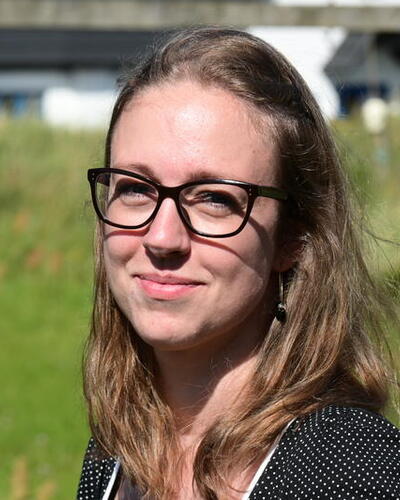Christina Videbech
Associate Professor
- E-mailchristina.videbech@uib.no
- Phone+47 55 58 31 63
- Visitor AddressØysteins gate 35007 Bergen
- Postal AddressPostboks 78055020 Bergen
The aim of my research is to investigate the development of Rome as the city was Christianised between the 4th and 8th centuries. Concretely, I analyse the evidence of Christian use and adaptation of the Forum Romanum and the Imperial fora of Rome as evidenced in the written, archaeological, and epigraphical sources.
I also teach different courses on archaeology.
For more information on my earlier and current research: https://uib.academia.edu/ChristinaVidebech
Academic article
- (2022). Ancient Cities: Teaching and Learning in the Digital Age. Journal of Archaeology and Education. 38 pages.
Academic chapter/article/Conference paper
- (2021). Der MOOC 'Discovering Greek & Roman Cities': Lebenslanges Lernen im digitalen Zeitalter. 16 pages.
- (2021). Ancient Cities: Teaching and Learning in the Digital Age. 10 pages.
Academic literature review
- (2017). Derfor sa grekerne nei til Gucci. Forskning.no.
More information in national current research information system (CRIStin)
